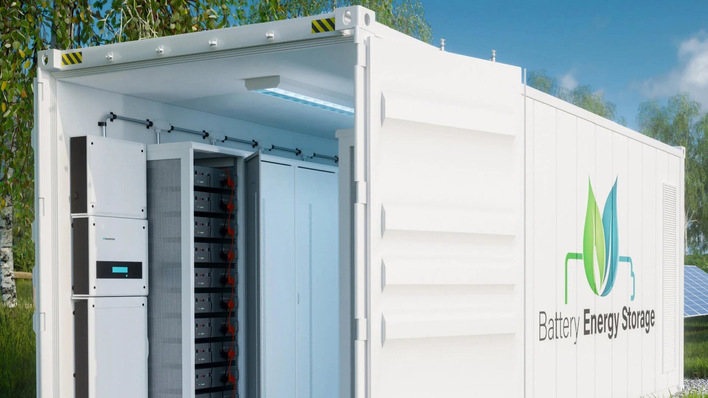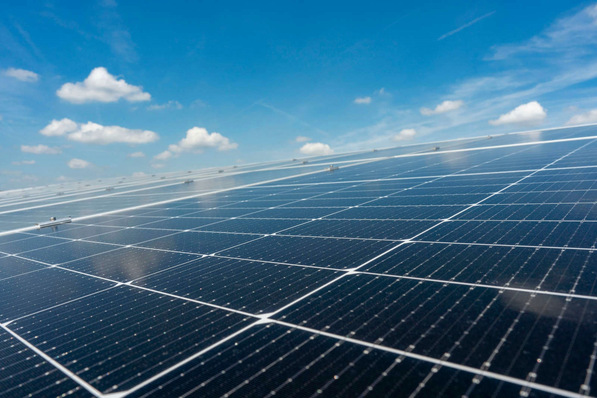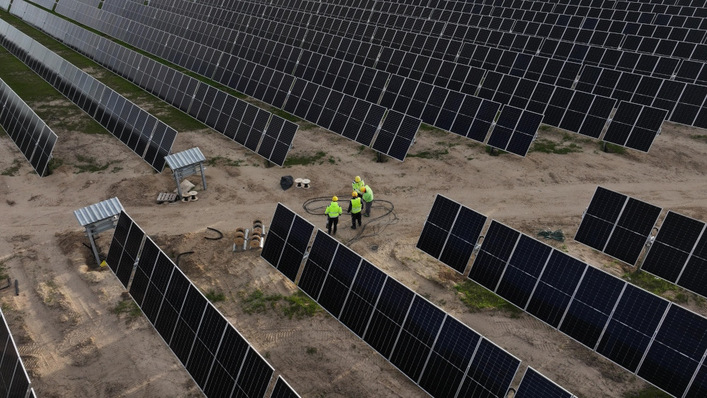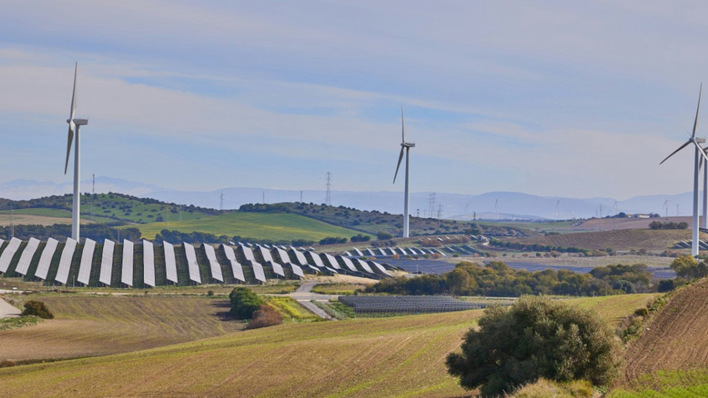The energy industry reacted with relief to the recent decision of the German Bundestag to remove the solar cap in the Renewable Energy Law (EEG). The solarization of the energy supply must be significantly accelerated this year by removing further market barriers, the German Solar Industry Association recommends. (BSW). Under the motto "Let's go" the BSW today presented a 7-point roadmap (in German). "The solar and storage industry could thus make a much more powerful contribution to achieving the climate targets in the electricity sector and ensuring security of supply in a cost-effective manner," explained Carsten Körnig, Chief Executive Officer of the BSW. At the same time, he added, this would enable the creation of at least 50,000 new full-time jobs in the energy sector.
Tripling the annually installed PV capacity
At the forefront of the recommendations are a doubling of the pace of photovoltaic expansion in 2021 and a tripling of the annually installed PV capacity from 2022 onwards. The solar power plant capacities envisaged in the Federal Government's climate protection programme for 2030 must already be built by the mid-20's. According to a report presented at the beginning of the week together with researchers from Bonn, this is the only way to avoid a power generation gap that would otherwise open up in three years as a result of the nuclear and coal phase-out.
Accelerate battery storage and hydrogen electrolysers
The BSW warns that in order for battery storage systems to be able to fulfil their important short-term buffer function for the energy turnaround to the extent necessary, their capacity must be increased tenfold in the next ten years compared to 2019. In addition, the hydrogen strategy recently presented by the German government includes some good approaches, but can only provide a fraction of the seasonal storage capacity required beyond that by 2030. Towards the end of the decade, four times the capacity of hydrogen electrolysers would have to be available in order to ensure the security of supply, the experts of EuPD Research calculated in their energy market scenarios, which were sharply defined in quarters of an hour and in whose realization the innovation platform The smarter E Europe was also involved.
Remove market barriers
The solar industry cited the burden of the EEG levy on solar self-suppliers and direct suppliers, unsuitable framework conditions for the construction of solar roofs of the megawatt class on large industrial halls and a far too restrictive location for solar parks built at ground level as primary market barriers.
If appropriate minimum CO2 prices were introduced, the dependency of photovoltaics on subsidies could be significantly accelerated in the coming years. The European emissions trading system, which is characterised by strong price fluctuations, would provide too little investment impetus and equal market distortions to the detriment of renewable energies. It only represents a fraction of the health and climate impact costs of fossil fuels.
Ensure discrimination-free operation
In the eyes of the BSW, there is also an urgent need for legal reform in order to enable the continued operation of thousands of solar power plants, which will fall out of the EEG support from 2021 after 20 years of operation. In the view of the BSW, this would no longer require any follow-up funding, but rather the "enabling of barrier-free and discrimination-free continued operation". (HCN)







